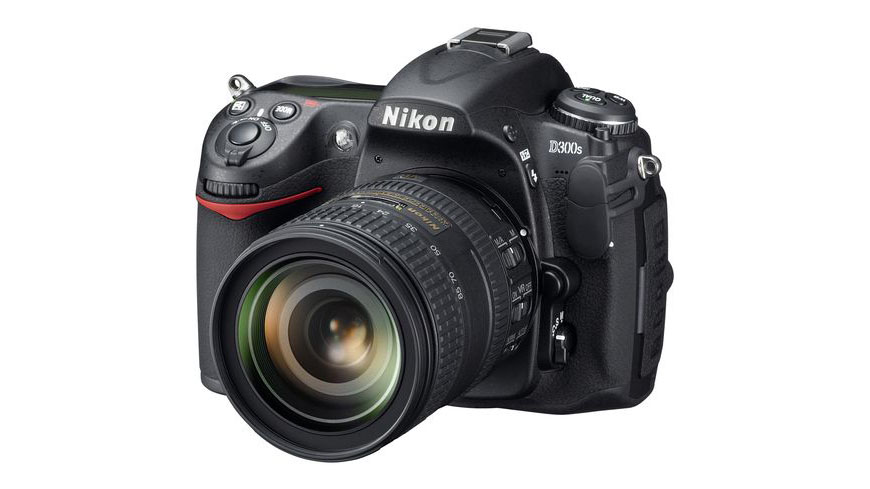Why you can trust TechRadar
Click to watch the full HD version of our test video
If you want the D300S' performance from a full-frame camera you're looking at spending a huge amount.
The biggest difference between the D300S and the older D300 – and any other camera at this price – is the addition of HD video.
720p HD video
The D300S can shoot at 320 x 216, 640 x 424, and – the headline mode – 1,280 x 720 at 24fps. Even better, the D300S is currently the only HD-capable DSLR except the Canon 5D MK II with a stereo-in port, which allows you to attach a stereo microphone to improve audio quality and cut down handling noise.
Results in our tests were as good as we've come to expect from HD-capable DSLRs. The 16-85mm lens produced sharp results and the CMOS sensor recreated colour beautifully.
Frequently we'd frame up a shot, then switch to live view mode and capture a few seconds' video too. It's a tempting feature that will likely see lots of use.
Video features
Nikon has put serious thought into the D300S' video mode beyond the inclusion of the mic-in port. It's the only amateur DSLR to offer twin memory card slots – not even the 5D MK II has these.
The slots in question are a Compact Flash port and an SDHC port. With Compact Flash cards supporting up to 48GB and SDHC cards up to 32GB, there's a huge amount of storage potential, but the handiness of the two slots goes much further.
RAID
For a start, you can set up a kind of in-camera RAID, in which every shot you take is saved to both slots in case one card fails. Or, you can set it up so a RAW image is saved to one slot and a JPEG to the other. Alternatively, one card can simply act as overflow.
Finally – and most usefully – you can set one card up for stills and the other specifically for video, making it easy to keep track of files. It's a professional-level feature and its inclusion is a massive plus.
Negatives
It's not all rosy, though. For a start there are some technical limitations. In 720p HD mode, for instance, you can only shoot up to five minutes' video.
For amateurs this won't be a problem, but if you want to shoot time lapse footage you'll hit the barrier.
Likewise, anyone shooting a documentary or an interview will quickly wish the D300S had the 30 minute limitation of the 5D MK II.
And, although the D300S is Nikon's first HD video-capable camera able to focus during recording, it remains limited. Changing focus mid-video requires you to recognise that the video is out of focus in the first place on the screen, and to push the AF-ON button to change it.
Changing focus
The D300S then tries to change focus using contrast detection. In our tests we found this takes a relatively long time, is comparatively inaccurate, and will lead to a lot of noise from the lens' motor as it hunts for the right distance.
In fairness, the 16-85mm lens that came with our model was quiet when hunting for the right focus, but other results will vary depending on the quality of the lens and whether you're shooting in bright light.
Finally, Nikon hasn't quite solved the problem of the rolling shutter causing distortion. Some of our film, shot from a train, shows vertical lines looking skewed as they move from one side of the frame to the other.
The screen on the back at least makes the video feature easy to use. Like the Canon 5D MK II's, the 3in LCD has 920,000 pixels, which makes manually focussing while recording video a snap. Otherwise, the high-contrast menu system makes perfect sense and is quick to use, and flicking through shots – even hundreds – takes no time at all.
Dave is a professional photographer whose work has appeared everywhere from National Geographic to the Guardian. Along the way he’s been commissioned to shoot zoo animals, luxury tech, the occasional car, countless headshots and the Northern Lights. As a videographer he’s filmed gorillas, talking heads, corporate events and the occasional penguin. He loves a good gadget but his favourite bit of kit (at the moment) is a Canon EOS T80 35mm film camera he picked up on eBay for £18.
